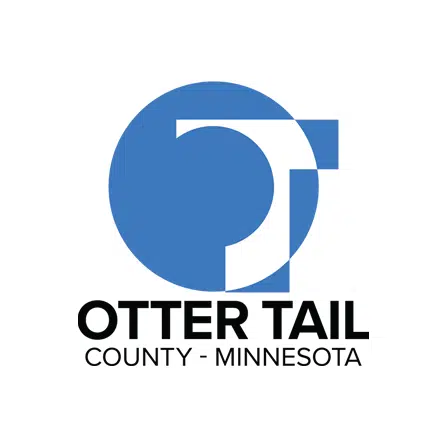State Issues Winter Safety Guidance, Advises Otter Tail Residents
Minnesota Homeland Security and Emergency Management issued winter preparedness guidance on November 18, 2025, urging households to take precautions against fires and carbon monoxide risks as colder weather moves in. The recommendations matter to Otter Tail County residents because many homes are rural and at higher risk from power outages, heating failures, and isolation during storms.

Minnesota Homeland Security and Emergency Management issued a set of winter safety recommendations on November 18, 2025 aimed at preventing fires and carbon monoxide incidents as winter approaches. The guidance urged residents to avoid unsafe alternative heating methods, to maintain carbon monoxide detectors, to keep space heaters away from combustibles, to develop a winter emergency plan, and to check on neighbors. Officials pointed residents to additional preparedness resources available through the Department of Public Safety.
The guidance is a timely reminder for Otter Tail County, where rural geography, seasonal weather patterns, and a dispersed population combine to raise the stakes of a winter outage or home heating emergency. Rural households often rely on electric heat, propane, or wood stoves, and a prolonged loss of power can lead some people to try unsafe improvisations. The state guidance explicitly warns against using an oven to heat a home and stresses safe placement and maintenance of space heaters.
Carbon monoxide remains a hidden danger in winter when fuel burning devices are used in enclosed spaces. The state guidance emphasized checking and maintaining carbon monoxide detectors. For many county residents, a working detector can be the difference between a narrowly averted incident and a life threatening situation. Creating a winter emergency plan, and ensuring family members and household caregivers understand it, was another central recommendation.
Community preparedness matters in Otter Tail County. Social networks and neighbor checks can protect elderly or mobility limited residents who may be less able to respond during an outage. Volunteer fire departments and emergency responders in the county often serve wide areas, and simple household prevention actions can reduce call volume during severe weather and free up local resources for critical incidents.
The guidance also has wider implications in a connected world. Northern communities across the globe face similar cold weather hazards, and supply chains for heating fuel and replacement equipment can be stressed during peak demand. Local authorities, emergency planners, and residents can benefit from state level resources that pool best practices and help coordinate response and mutual aid across jurisdictions.
Residents are encouraged to follow the specific safety steps in the state guidance, to check their carbon monoxide and smoke detectors now, and to discuss a winter emergency plan with family and neighbors. For more information and resources, consult the Department of Public Safety.


